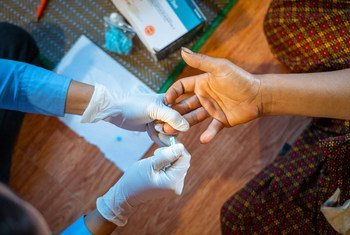Breaking News
An alarming increase in sexually transmitted infections globally, with chlamydia, gonorrhea, syphilis and trichomoniasis collectively causing over 1 million daily infections among adults aged 15 to 49.
-

 Business2 years ago
Business2 years agoGHANA WILL REACH IMF BOARD APPROVAL BY MARCH ENDING – DKMNEWS.NET
-

 Politics2 years ago
Politics2 years agoWE WILL PAY FOR HIS FILLING FEES, IF HE DOESN’T GO UNOPPOSED – BAWKU CENTRAL CONCERN YOUTH URGES – DKMNEWS.NET
-

 News3 years ago
News3 years agoUE/R: SPILLAGE OF THE BAGRE DAM , DESTROYS OUR CROP – FARMERS LAMENTS
-

 Politics1 year ago
Politics1 year agoWe will build Black Stars around local players – John Dramani Mahama
-

 News3 years ago
News3 years agoEARTH TREMOR HITS PART OF ACCRA.
-

 Business2 years ago
Business2 years agoTema Oil Refinery has missing $2.5 of crude condensed- Energy Minister
-

 National1 year ago
National1 year agoDr Bawumia is the best economist Ghana has ever had
-

 Media2 years ago
Media2 years agoBongo Ideas claims most girls stinks in attempt to get back at the Knust tweet saga

